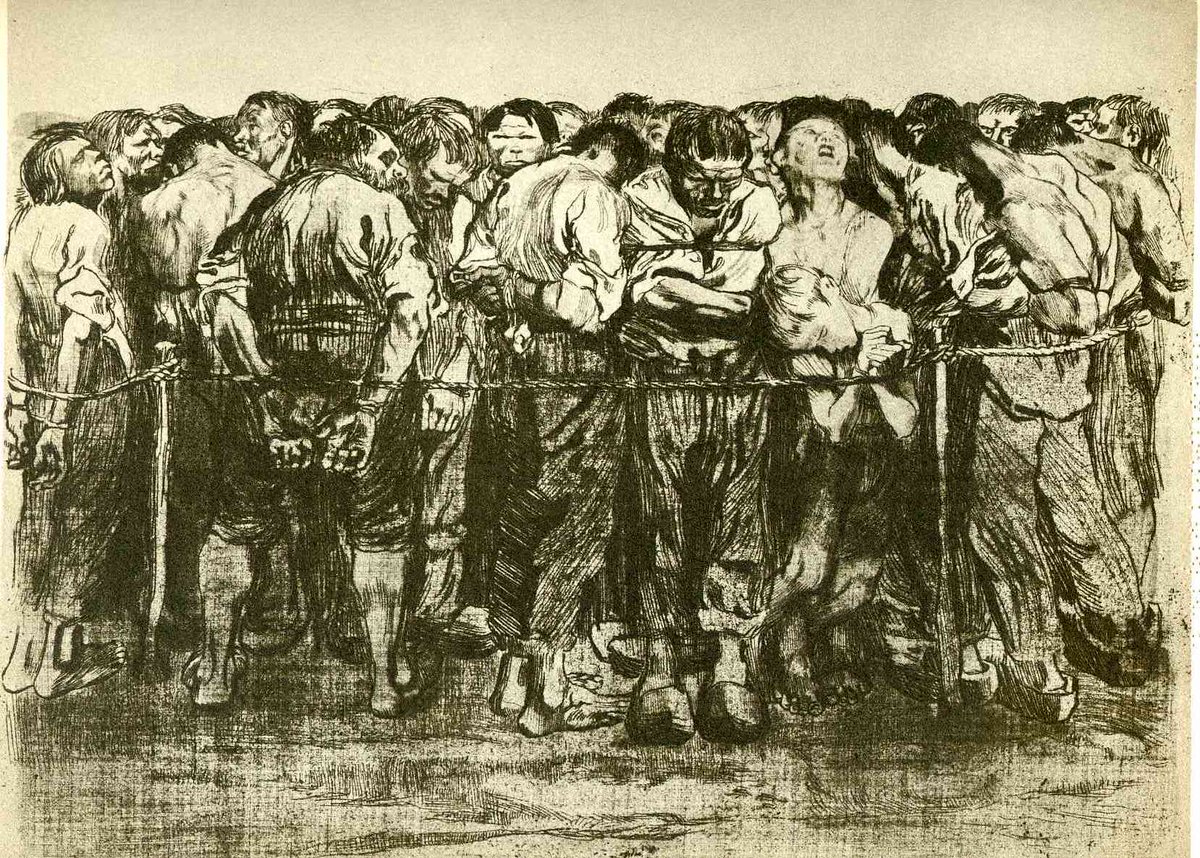Cathedrals aren't just beautiful. They're encoded with symbolism.
The layout, statues and stained-glass windows all represent something higher... (thread) 🧵
The layout, statues and stained-glass windows all represent something higher... (thread) 🧵

The plan is usually cruciform in shape and oriented eastward. Worshippers face the rising sun, a daily reminder of Christ’s resurrection.
The north and south transepts or “arms” represent Christ’s right and left hands on the cross.
The north and south transepts or “arms” represent Christ’s right and left hands on the cross.

The entrance at the West end corresponds with Christ's feet - you enter at the foot of the cross and proceed upward to the altar. 

Let’s start at the foot and work our way up.
The Western entrance is the porta coeli, or “Heaven’s Gate.” It consists of three arches representing a triune God. Underneath are double doors signifying Christ’s dual nature.
The Western entrance is the porta coeli, or “Heaven’s Gate.” It consists of three arches representing a triune God. Underneath are double doors signifying Christ’s dual nature.

Through the porta coeli is the narthex. Traditionally, catechumens and penitents worshipped here instead of the nave.
In the early Church, they were prohibited from entering the nave until they had been properly catechized or reconciled.
In the early Church, they were prohibited from entering the nave until they had been properly catechized or reconciled.

Next, the baptismal font greets you in the nave, symbolizing that communion with the Church is first achieved through the waters of baptism. 

The church's main body is the nave, deriving its name from the Latin navis (“ship”). As Noah’s Arc saved mankind from the flood, so the Church is the “arc of salvation” for the world.
It’s no coincidence that many cathedrals have rib vaulted ceilings resembling the hulls of ships...

It’s no coincidence that many cathedrals have rib vaulted ceilings resembling the hulls of ships...


At the nave’s sides are confessionals, reminding Christians that the path to salvation requires contrition for one’s sins. 

Moving to the top of the cross, a casket of a saint sometimes rests in front of the altar, reminding us that death is a necessary step in reaching salvation. Most often, a saint’s relics are placed within the altar itself. 

At the back of the cathedral are the altar and tabernacle. The altar is where the sacrifice of the mass occurs, when bread and wine is transformed into the body and blood of Christ, a replication of the Last Supper and Christ’s death on Calvary. 

The tabernacle is directly behind the altar, and houses the body of Christ, or “Word of God,” just like the Old Testament Ark of the Covenant. 

Often at the apse (the top of the cruciform), a circlet of radiating chapels represents the crown of thorns that was placed on Christ’s head before the crucifixion. 

The layout is not the cathedral's only symbolic aspect. Its stained-glass windows are a veil between the outside, secular world and the purity of the church interior - like the inner sanctuary of Solomon’s temple in the Old Testament. 

Statues, mosaics, and paintings help to illustrate important biblical stories or saint’s lives. These images often cover the walls, windows, and ceiling – no space is left bare. 

No matter where you look, your gaze never strays from sacred images - guiding your mind at all times toward the divine. 

• • •
Missing some Tweet in this thread? You can try to
force a refresh

























